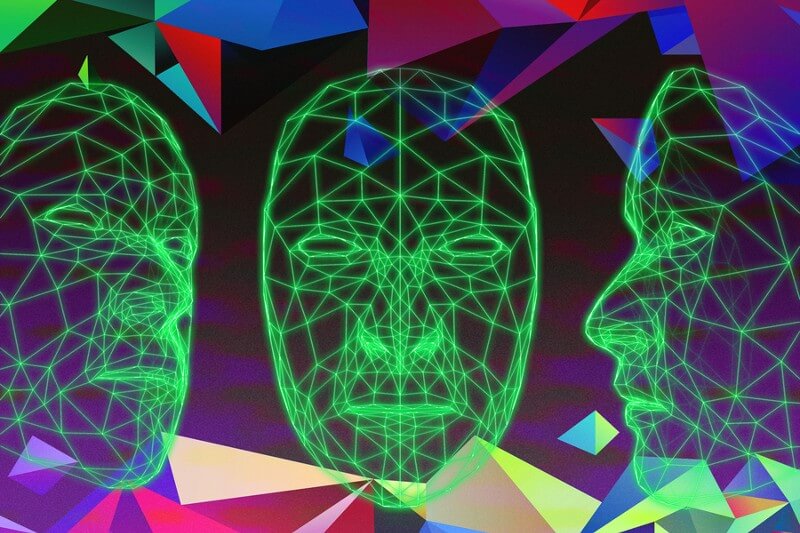In China, the use of AI-driven facial recognition helps the regime repress dissent while enhancing the technology, researchers report.
In a poignant counter to the commonly held assumption that authoritarian regimes may falter in the face of technological innovation, a recent study led by a Massachusetts Institute of Technology (MIT) professor proposes an entirely different viewpoint. The research reveals that the Chinese government is leveraging cutting-edge, AI-driven facial recognition technology to suppress dissent, a strategy that is not only curtailing public protest but also driving the development of more advanced AI tools and software.
“In regions of China where there is more unrest, that leads to greater government procurement of facial-recognition AI, subsequently, by local government units such as municipal police departments,” explains Martin Beraja, MIT economist and co-author of the new paper.
The paper makes the startling claim that “AI innovation entrenches the regime, and the regime’s investment in AI for political control stimulates further frontier innovation.” The researchers term this cycle of increased AI use leading to suppressed dissent and, in turn, enhanced innovation capacity, an “AI-tocracy.”
The paper, aptly named “AI-tocracy”, will appear in the August edition of the Quarterly Journal of Economics. Alongside Beraja, the paper’s authors include Andrew Kao, a doctoral candidate at Harvard University; David Yang and Noam Yuchtman, professors of economics at Harvard University and the London School of Economics respectively.
To corroborate their findings, the scholars conducted an in-depth analysis of data spanning the better part of the last decade. Using the Global Database of Events, Language, and Tone (GDELT) Project, they catalogued 9,267 instances of political unrest in China from 2014 to 2020. Examining nearly 3 million procurement contracts issued by the Chinese government between 2013 and 2019, the researchers found a significant increase in the procurement of facial recognition AI and high-resolution video cameras following an episode of public unrest.
The evidence appears to strongly indicate that the Chinese government has been effectively stifling public dissent by enhancing its deployment of facial-recognition technology. While they “cannot directly estimate the effect” of this technology on political unrest, the researchers used weather conditions, a known catalyst of political unrest, to gauge the effectiveness of the technology.
With these findings, the researchers argue that facial-recognition technology has been deployed as a reaction to past protests and has succeeded in mitigating further protest levels. “It suggests that the technology is effective in chilling unrest,” Beraja notes.
The research team also found that increased demand for AI has had a stimulating effect on China’s technology sector, with government contracts for facial recognition technologies leading firms to produce about 49% more software products in the subsequent two years.
“We examine if this leads to greater innovation by facial-recognition AI firms, and indeed it does,” says Beraja, refuting the belief that AI tools might be hindering other forms of high-tech innovation.
The China case study thus indicates that autocratic governments can potentially use technological advances to strengthen their political power, rather than disrupt it. “In this age of AI, when the technologies not only generate growth but are also technologies of repression, they can be very useful” to authoritarian regimes, states Beraja.
The study also underscores broader queries about governance types and economic growth. While it doesn’t contradict earlier research that democratic institutions foster greater economic growth over time, it does identify a way that authoritarian governments can stimulate more growth than would have been anticipated.
“This may lead to cases where more autocratic institutions develop side by side with growth,” adds Beraja.
AI experts believe the paper contributes significantly to the discourse on societal applications of AI. Avi Goldfarb of the University of Toronto commends it as an “excellent and important paper that improves our understanding of the interaction between technology, economic success, and political power.”
The scholars plan to continue their research, exploring how China exports advanced facial-recognition technologies globally, potentially fostering worldwide governmental repression. The research was partially funded by the U.S. National Science Foundation Graduate Research Fellowship Program, the Harvard Data Science Initiative, and the British Academy’s Global Professorships program.


